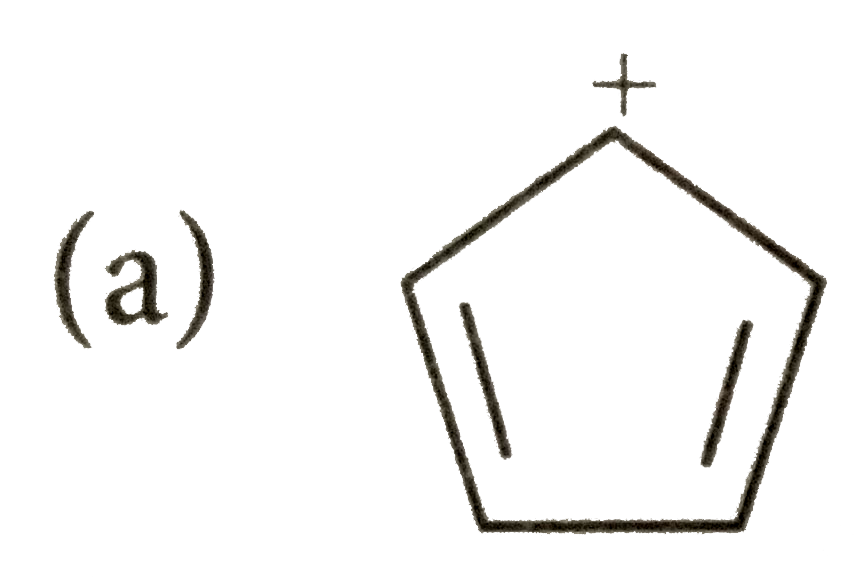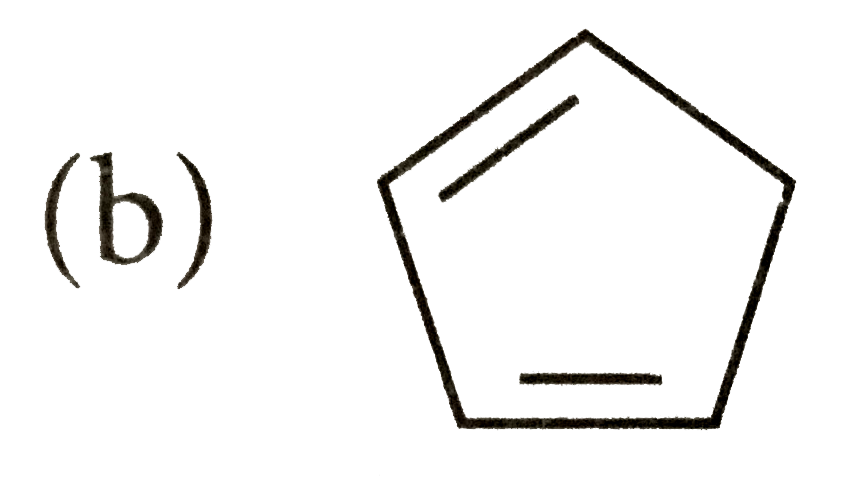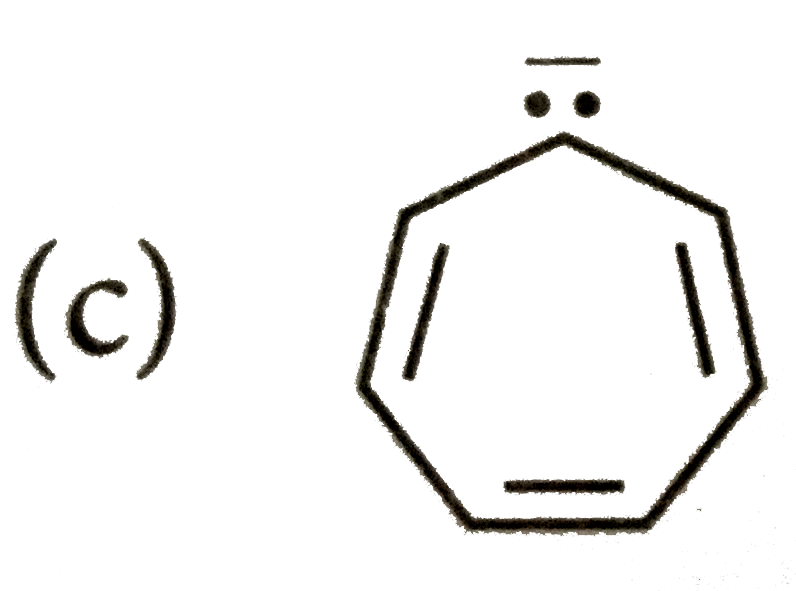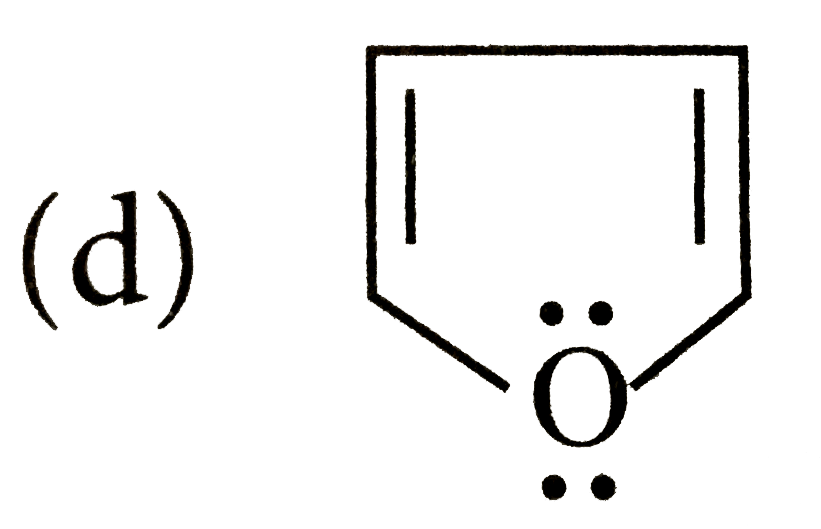A
B
C
D
Text Solution
AI Generated Solution
The correct Answer is:
|
Topper's Solved these Questions
CHEMICAL BONDING (BASIC)
VK JAISWAL ENGLISH|Exercise MATCH THE COLUMN|26 VideosView PlaylistCHEMICAL BONDING (BASIC)
VK JAISWAL ENGLISH|Exercise ASSERTION-REASON TYPE QUESTIONS|23 VideosView PlaylistCHEMICAL BONDING (BASIC)
VK JAISWAL ENGLISH|Exercise Level 3 (Passive 12)|4 VideosView PlaylistCHEMICAL BONDING (ADVANCED)
VK JAISWAL ENGLISH|Exercise SUBJECTIVE PROBLEMS|64 VideosView PlaylistCO-ORDINATION COMPOUNDS
VK JAISWAL ENGLISH|Exercise LEVEL 2|144 VideosView Playlist
Similar Questions
Explore conceptually related problems
Knowledge Check
A
B
C
D
Submit
A
B
C
D
Submit
A
B
C
D
Submit
Similar Questions
Explore conceptually related problems
VK JAISWAL ENGLISH-CHEMICAL BONDING (BASIC)-ONE OR MORE ANSWERS IS / ARE CORRECT
- Select correct statement(s) is /are :
05:42
|
Play - Which of the following species does / do not exist ?
02:04
|
Play - Which of the following species is /are superoctet molecule ?
02:02
|
Playing Now - Which of the following statements is incorrect ?
03:21
|
Play - Which of the following species is /are capable of forming a coordinate...
02:05
|
Play - Ionic compounds in geneal do not possess :
03:15
|
Play - Correct statbility order of metal cation is /are :
03:10
|
Play - Consider the following two molecules and according to the given inform...
03:02
|
Play - Which of the following statements are correct about sulphur hexafluori...
03:04
|
Play - If AB(4)^(n) types species are tetrahedral, then which of the followin...
04:48
|
Play - Which of the following statements is correct ?
05:34
|
Play - Which of the following combination of bond pair (b.p.) and lone pair (...
03:47
|
Play - Select the true statement(s) among the following :
05:03
|
Play - p(y)-orbital can not form pi -bond by lateral overlap with :
04:13
|
Play - Which of the following orbital (s) cannot form delta-bond ?
03:38
|
Play - Select correct statements regarding sigma and pi-bonds
05:07
|
Play - Which of the following statements is / are correct ?
02:26
|
Play - Consider the following three orbitals : Correct statement(s) rega...
Text Solution
|
Play - Which of the following combination of orbitals do / does not form bon...
02:29
|
Play - Consider the following atomic orbitals : Which of the following s...
03:03
|
Play



